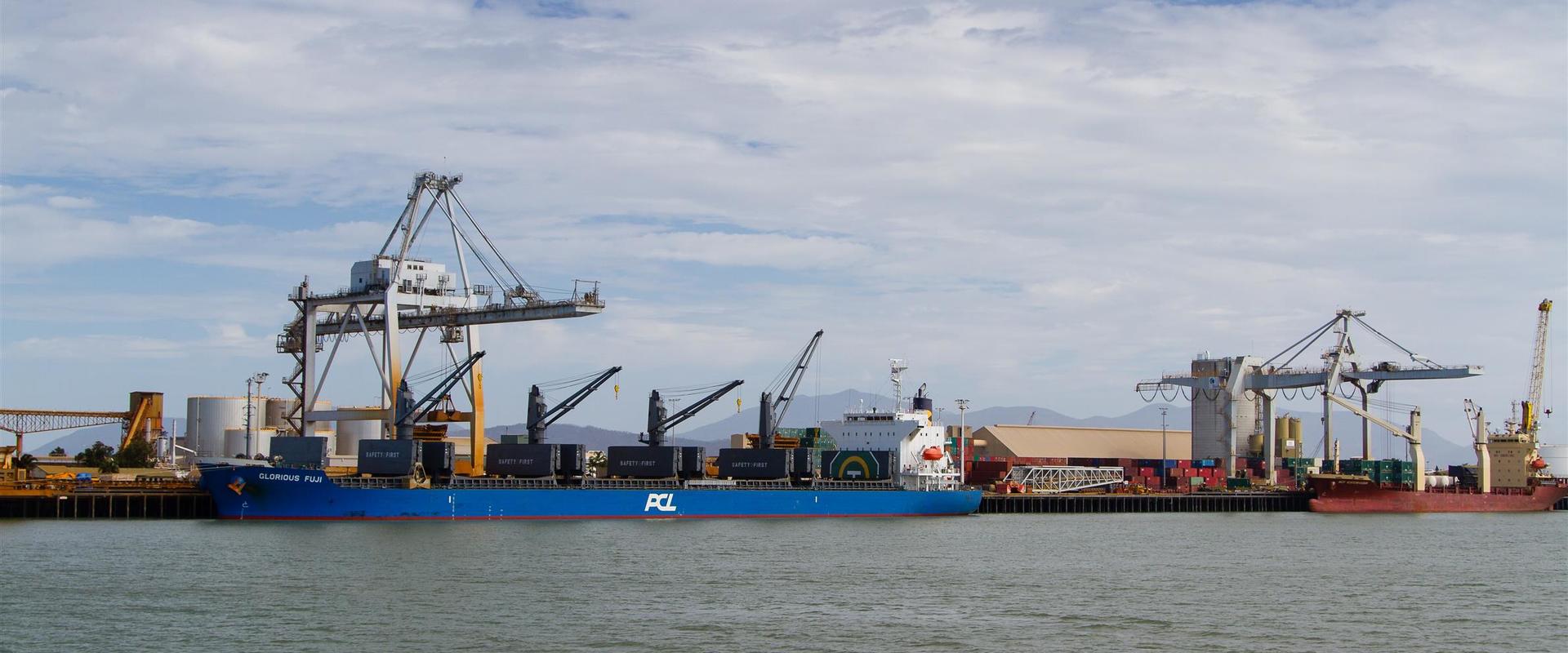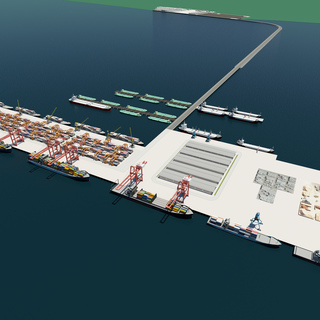
Hydrodynamic Modelling for the Townsville Port Expansion Study
The proposed expansion of the Port of Townsville involves significant dredging of sea bed materials to provide for vessel access, maneuvering and berthing.
Customer: Port of Townsville/AECOM
The proposed expansion of the Port of Townsville involves significant dredging of sea bed materials to provide for vessel access, maneuvering and berthing. A significant quantity of the dredged material will be used to reclaim land, providing for further port development.
A TUFLOW-FV model was developed which enabled efficient 3D modeling of hydrodynamics and suspended sediment transport. The model was used to simulate the advection and dispersion of sediment plumes produced during dredging operations.
The model was also used to simulate potential re-suspension of sediment from the dredge material placement area, and natural re-suspension of sediments throughout Cleveland Bay. The model results were used to estimate sedimentation rates in the harbour and dredged channels.

The purpose of this Preliminary Feasibility assessment was to establish at a high level the nature and volume of cargo demand, the technical requirements to support this volume, the marine and port facility requirements, broad environmental and metocean impacts, and quantified investment returns.

As part of a government scheme to increase agricultural exports from a Vietnam province, BMT was appointed to help the client examine existing and planned port facilities and transport networks; estimat the potential cargo demand; establish possible strategic development options corresponding to the economic and competitive framework and highlighted possible risks to each option.

BMT delivered a port master plan to assist the customer in establishing a technically and financially viable roadmap, as well as a strategic business model to better position the port for returns on investment.

We prepared a business plan for the new offshore multi-user port development in Abu Dhabi, involving staged construction of facilities from initial operations in 2010 to full development by 2028.